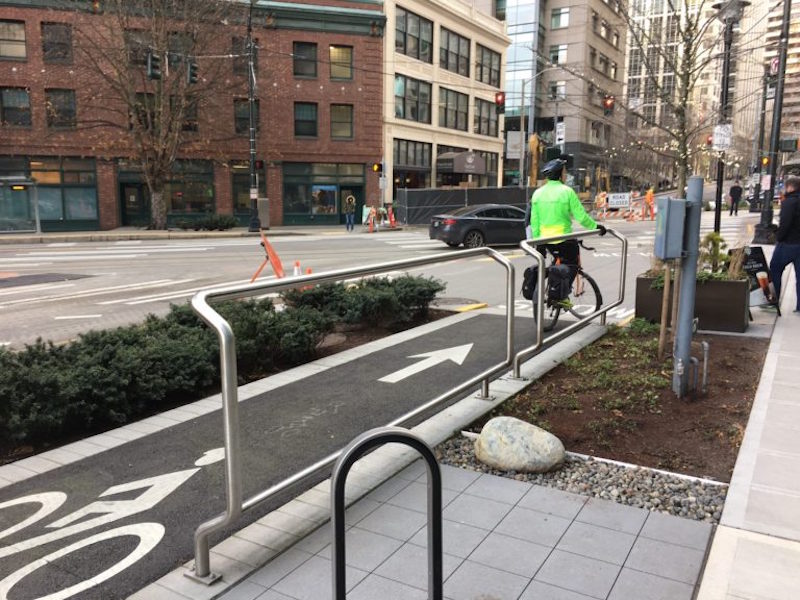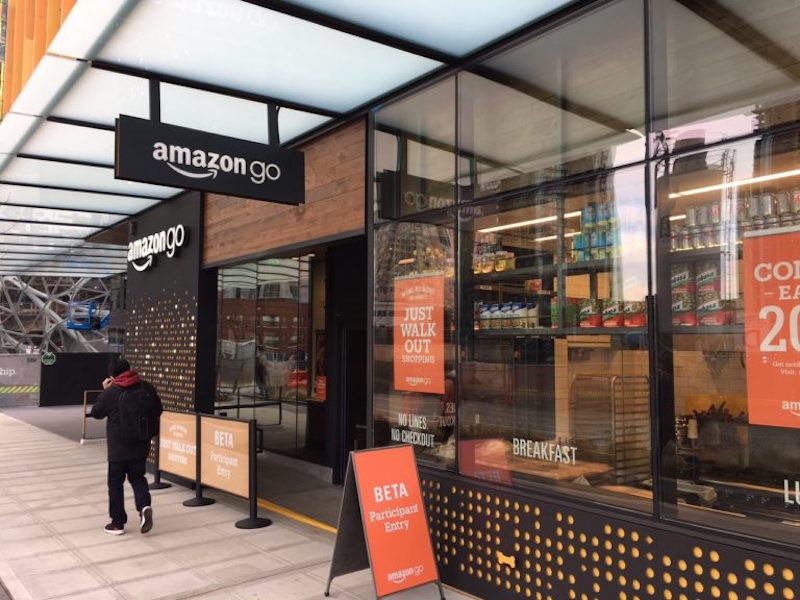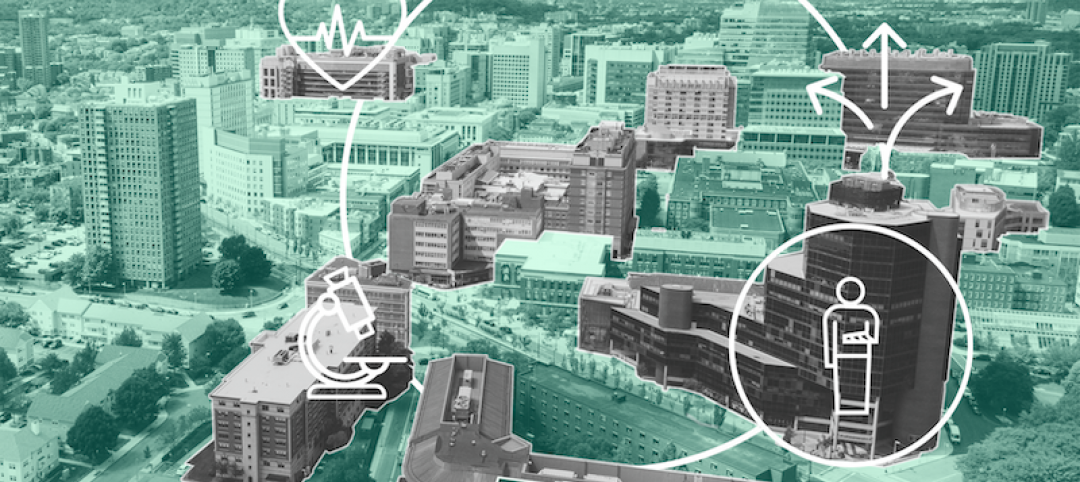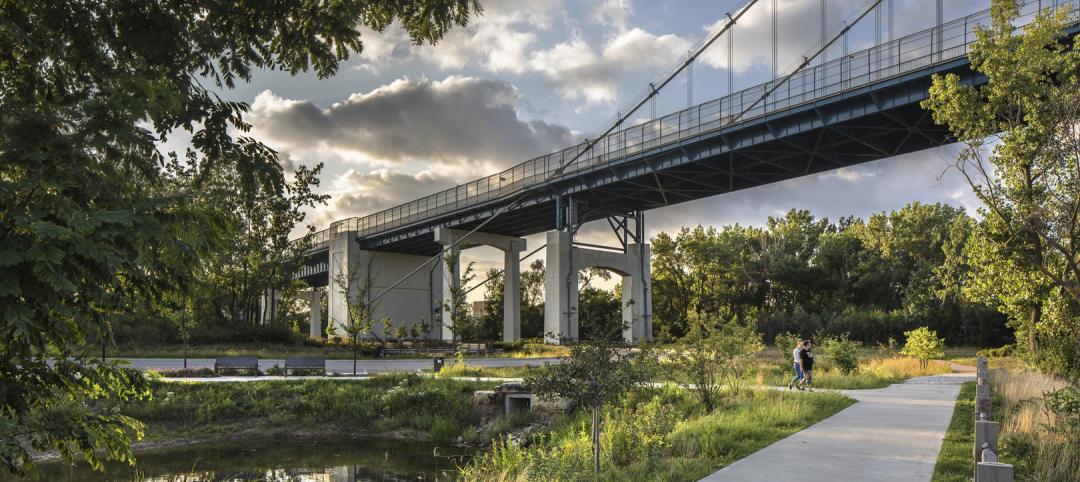Seattle is booming—the city has more cranes than any other American city right now. At the same time, the city is dealing with a homeless crisis that is mirrored by other major US cities. In the future, inequality might be exacerbated by technologies that automate human labor, just as agricultural communities and manufacturing towns were transformed in the 20th Century.
How can cities of the near future put an emphasis on equality while also reaping the abundant benefits of technological progress?
In terms of Urban Design, cities should be constructed as places that embrace:
- pedestrian safety
- a mix of uses
- walkable environments
- affordable housing
- public spaces that are accessible to all people
This is not an exhaustive list, and much work needs to be done creating a policy framework that enables society to benefit from the abundance that the combined technological progress of all human history bestows on us in our current era. In this era of less-is-more, are tiny houses a solution to housing affordability and homelessness, as The Charter for Compassion outlines?
Let’s start discussing how we solve these problems in the Second Machine Age. Of course it’s critical for all people and companies to embrace lifelong learning. But as technology changes at a quickening pace, our society needs to make a collective effort to set aside time and resources for continuous education. And when workers aren’t able to keep up, should there be safety nets in place that encourage learning and entrepreneurship? Before bridges spanned the Thames, London’s watermen were numerous—bridge building reduced their numbers. Through collaboration and political will, they were able to put “social dividends” in place wherein they were compensated after the construction of bridges over the Thames.
Cities like Seattle are making strides in creating inclusive urban spaces for people, but more needs to be urgently done as the rapid pace of automation is set to speed up over the coming decades.

More from Author
SmithGroup | Oct 28, 2024
A case for mid-rise: How multifamily housing can reshape our cities
Often referred to as “five-over-ones,” the mid-rise apartment type is typically comprised of five stories of apartments on top of a concrete “podium” of ground-floor retail. The main criticism of the “five-over-one” is that they are often too predictable.
SmithGroup | Mar 28, 2023
Inclusive design requires relearning how we read space
Pulling from his experience during a campus design workshop, David Johnson, AIA, LEED AP, encourages architects to better understand how to design spaces that are inclusive for everyone.
SmithGroup | Feb 27, 2023
Surfing the Metaversity: The future of online learning?
SmithGroup's tour of the Metaversity gives us insight on bringing together physical and virtual campuses to create a cohesive institution.
SmithGroup | Nov 28, 2022
Data centers are a hot market—don't waste the heat!
SmithGroup's Brian Rener shares a few ways to integrate data centers in mixed-use sites, utilizing waste heat to optimize the energy demands of the buildings.
SmithGroup | Aug 3, 2022
Designing learning environments to support the future of equitable health care
While the shortage of rural health care practitioners was a concern before the COVID-19 pandemic, the public health crisis has highlighted the importance of health equity in the United States and the desperate need for practitioners help meet the needs of patients in vulnerable rural communities.
SmithGroup | Aug 10, 2021
Retail reset: The future of shopping malls
Developers and design partners are coming together to reimagine how malls can create a new generation of mixed-use opportunities.
SmithGroup | May 17, 2021
Future pandemic preparedness at the medical district scale
The current COVID-19 pandemic highlights the concern that we will see more emergency events in the coming years.
SmithGroup | Jan 25, 2021
Amid pandemic, college students value on-campus experience
All the students we interviewed were glad that they returned to campus in one form or another.
SmithGroup | Aug 13, 2020
Renewing the healing role of public parks
While we can’t accurately predict all the ways we will respond to the current COVID-19 pandemic, it should provide a moment of reflection as we see all too clearly the consequences of our exploitation and destruction of nature.
SmithGroup | Jul 21, 2020
How design of senior living communities must change after COVID-19
The cost of maintaining high quality of care and high quality of life for senior living communities has increased up to 73% for senior living communities that remain free of COVID-19 and up to 103% for COVID-19 positive senior living communities.
















